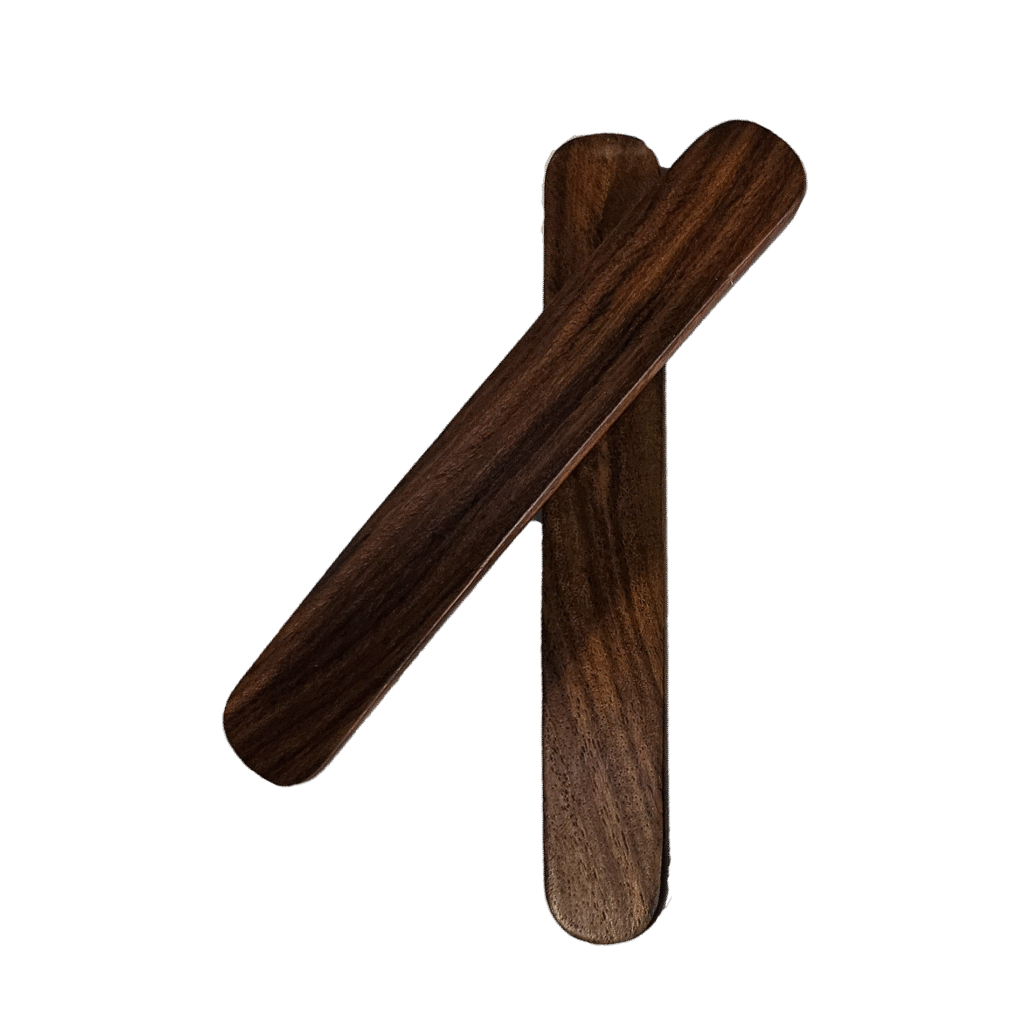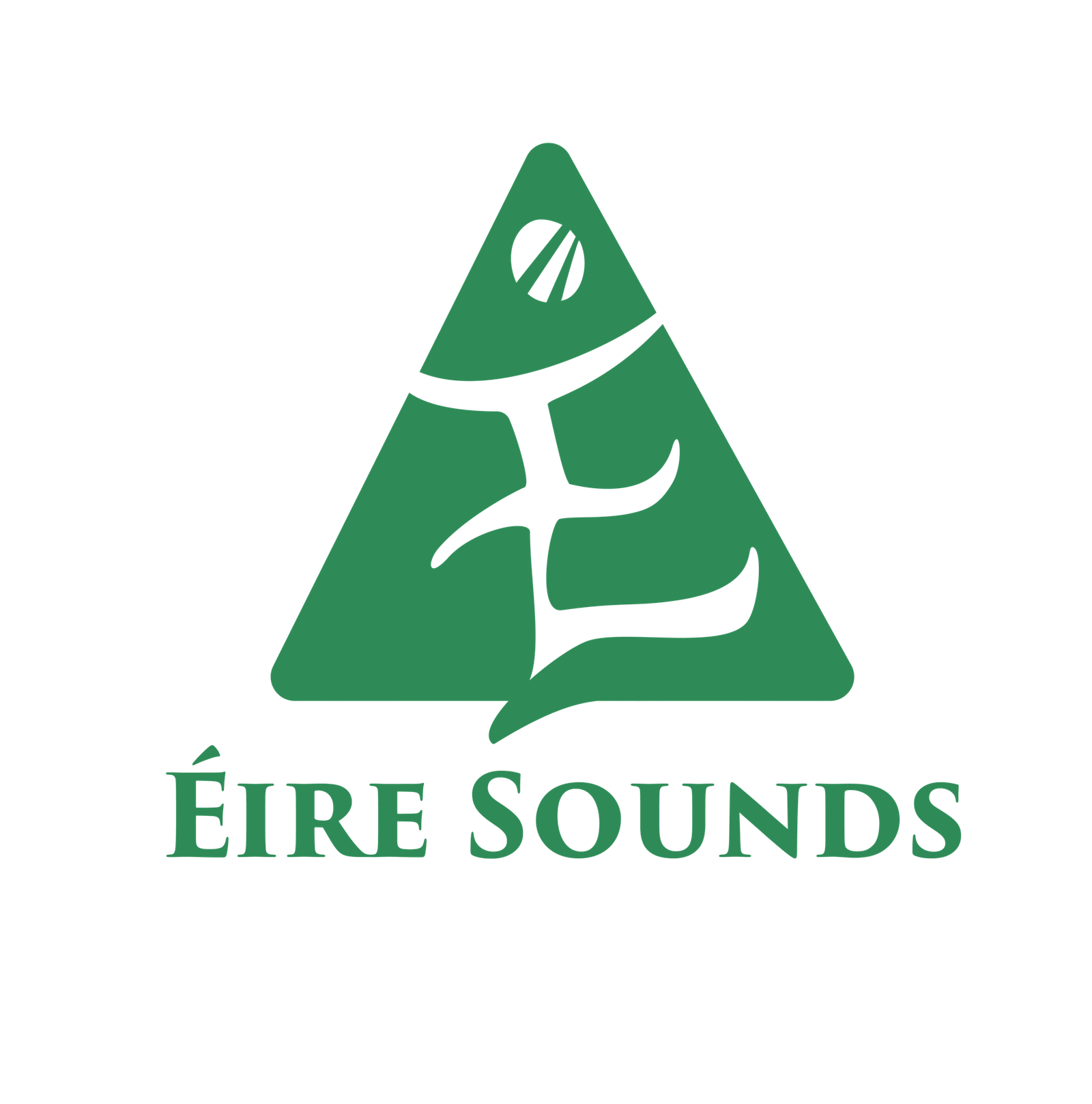Description
Originally made from animal bones, modern rhythm bones are often wooden, smooth-curved sticks played in pairs, sized around 195 mm by 25 mm (McNeela Music).
Playing Technique
Held in one hand, the bones are clicked together rapidly to create sharp rhythmic patterns. Techniques vary from single-handed traditional play to more advanced double‑bone rhythms.
Usage in Music
Used as accompaniment alongside bodhrán in sessions. They offer a crisp, articulate counterpoint that complements the bodhrán’s warmth (McNeela Music, Online Academy of Irish Music).
Notable Players
Often played by skilled percussionists like Tommy Hayes, who also teaches bones alongside bodhrán and spoons (Bone Dry Music).
Historical Context
- Ancient Roots: One of the oldest percussion instruments known to humanity, bones (usually from animal ribs or shins) have been used worldwide for thousands of years, including in Ancient Egypt and Greece.
- In Ireland, Bones have been used in Irish folk music for centuries, likely introduced through cultural exchange and developed alongside traditional dance music.
- Street & Folk Tradition: Played informally in homes, pubs, and streets—often by dancers, buskers, or folk musicians. Their low cost and portability made them accessible to the rural poor.
- 19th Century Onward: Bones playing continued into the 19th and early 20th centuries as part of ceili music and travelling musicians’ repertoires.
- Modern Role: Today, bones are used both in traditional contexts and as a novelty or display of skill in rhythmic accompaniment.

